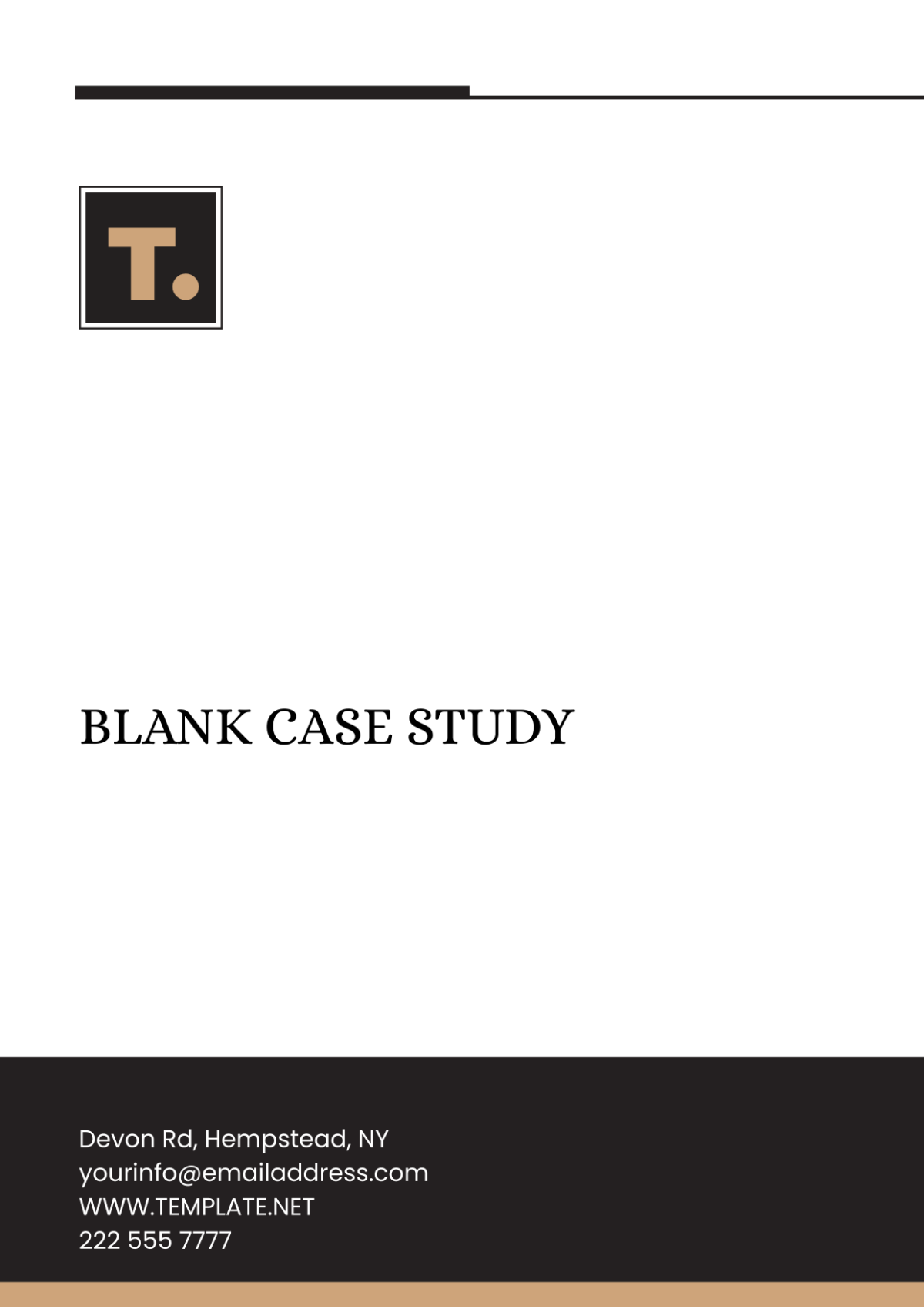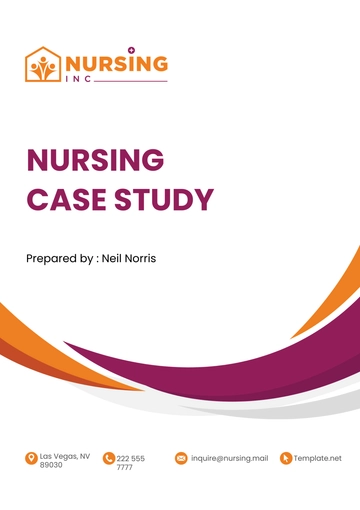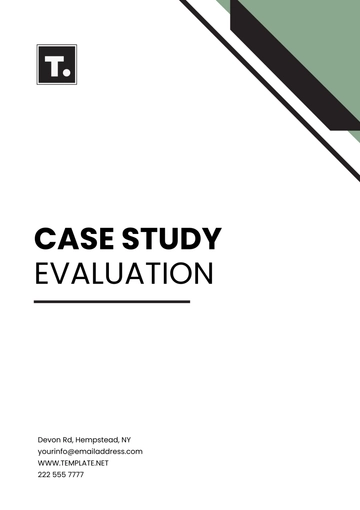Blank Case Study
Prepared by: [Your Name]
1. Introduction
Provide a brief overview of the case, including the main topic and the purpose of the case study.
2. Background
Summarize relevant background information that provides context for the case. Include details about the subject (e.g., individual, company, or situation) and any relevant history.
3. Problem Statement
Clearly define the problem or challenge being addressed in the case study. Specify what makes it significant or noteworthy.
4. Methodology
Describe the methods used to gather data and analyze the problem. This could include research techniques, data collection methods, and analytical approaches.
5. Findings
Present the key findings from your analysis. Use data and evidence to support your conclusions. Highlight significant insights and observations.
6. Discussion
Discuss the implications of the findings. Relate them to the problem statement and explore their significance. Consider how the findings address the issue and any potential impacts.
7. Recommendations
Offer actionable recommendations based on the findings. Provide specific steps or strategies that can be implemented to address the problem or improve the situation.
8. Conclusion
Summarize the key points of the case study and restate the importance of the findings and recommendations. Reflect on the overall outcome and any potential for future research or action.
9. References
List any sources or references used in the case study. Ensure proper citation according to relevant style guides.
Case Study Templates @ Template.net






























